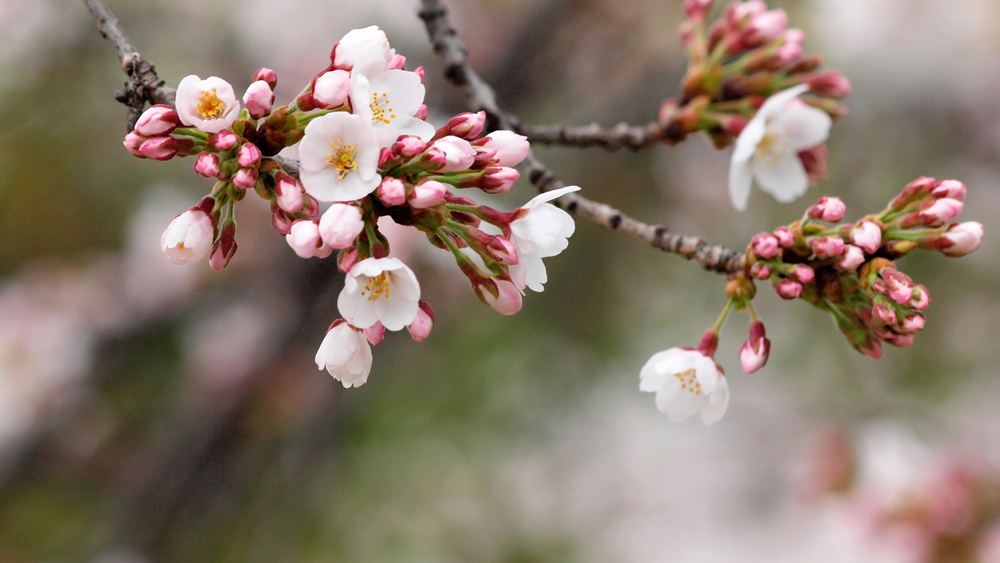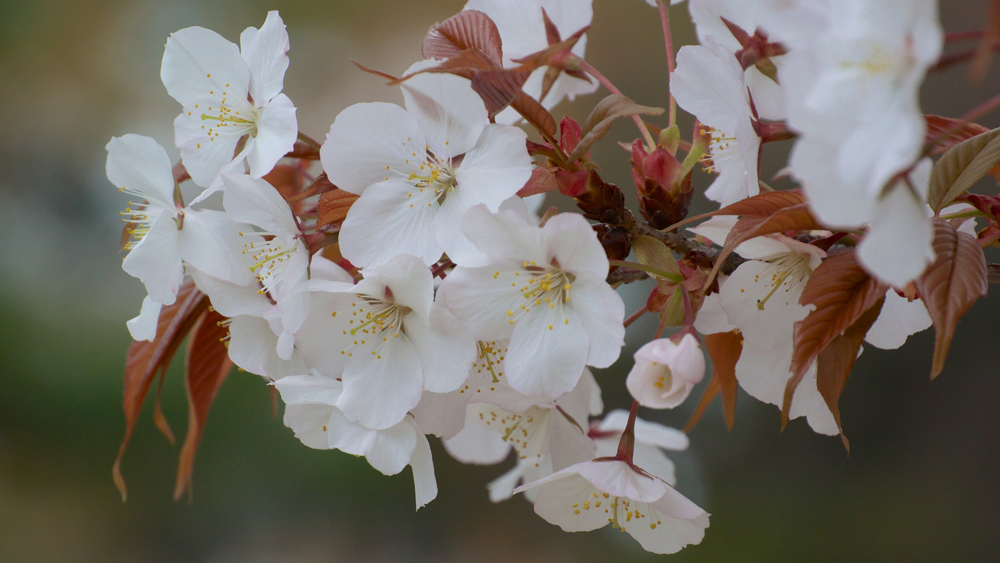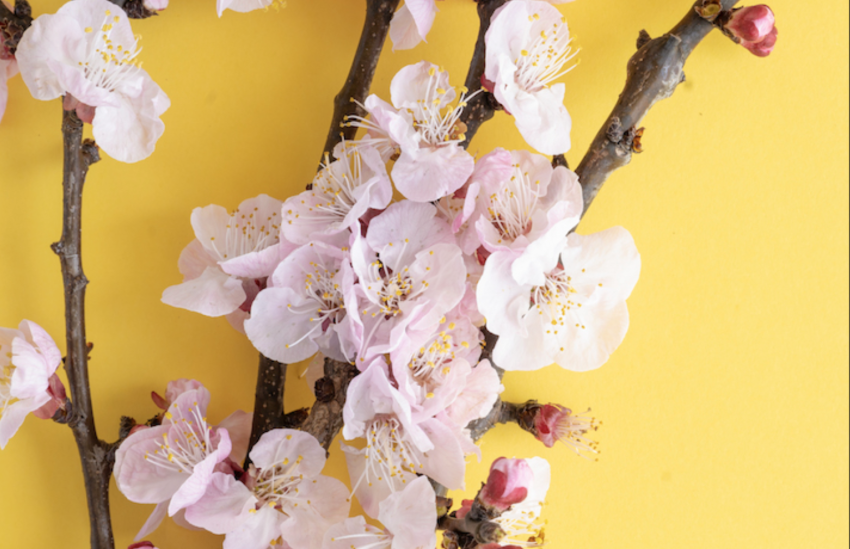“Sakura, sakura, ima saki hokuru” (桜、桜、今咲き誇る; cherry blossom, now you are in full bloom) sang Naotaro Moriyama, son of the gorgeous Japanese folk and Jazz singer, Ryoko Moriyama.
There are countless songs written and sung about cherry blossoms, as it’s the most important season here in Japan. The time for children to graduate from one grade or school and move on to the next; the moment when your first career begins or you start a new one. Either way, it’s always been the epitome of change. It’s hard to fully comprehend how deeply this time of year resonates with the Japanese people. Perhaps we can embark on that journey by knowing the different types of cherry blossoms and how they are worshipped.
Somei Yoshino

Somei yoshino (ソメイヨシノ) is a natural hybrid cherry of unknown origins. Initially it was believed to be from Nara Prefecture. It’s the most popular type of flowering cherry tree in Japan and can be seen nationwide.
Yama Zakura

Yama zakura (ヤマザクラ), or hill cherry is native to Japan, China and Korea and often grows wild in rural areas. The tree is known for its short trunk and is often seen during hanami (花見; get drunk in public under cherry trees) season. In one small town in Akita prefecture, the bark of this type of tree is harvested and used to make items such as tea canisters and chopstick holders in a process known as kabazaiku (桜皮細工).
Click here to read more.
- External Link
- https://savvytokyo.com/
 Take our user survey and make your voice heard.
Take our user survey and make your voice heard.















3 Comments
Login to comment
kurisupisu
It is going a bit far to say that cherry blossoms are “worshipped”
BackpackingNepal
Sakura is only for nearly 2 months. The flowers that last all season (or at least 2 season) are more beautiful and shines more people who don't notice but should have feel good about it rather than waiting for seasonal flowers.
quercetum
kabazaiku (桜皮細工)
Didn’t know the kanji for cherry can also be read as “ka.”
千鳥ヶ淵 is breathtaking to say the least. Each tree is sculptured. In NakaMeguro cement lovers hold their annual concrete conference.